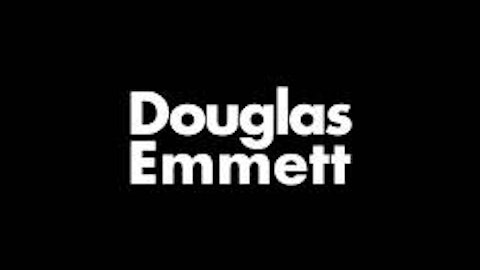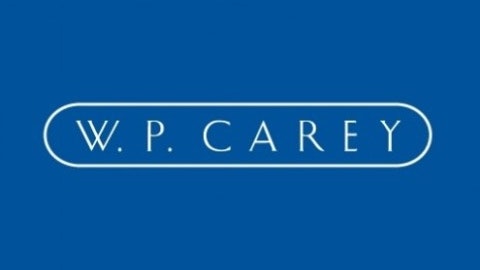One of the reasons why National Retail earns a strong cap rate is the nature of its market. According to National Retail’s 2014 annual report, the total size of the single tenant retail property market is estimated to be in the $1 trillion range, but the company generated just $483 million in revenue last year, providing plenty of room for future growth via acquisitions.
The market is extremely fragmented. Most of the company’s properties are $2-4 million in size, resulting in less buyer competition because it’s harder to scale in this market. The company also seemingly maintains strong relationships with its tenants, which positions it well for acquisitions and sale-leaseback transactions. All of these factors combine to help National Retail enjoy higher initial cap rates and built in rent growth.
Finally, it’s worth highlighting management’s financial conservatism with the company’s balance sheet. Since REITs are required to pay out at least 90% of their taxable income as a dividend, they are left with little capital to grow their business. As a result, they usually depend more heavily on capital markets for raising debt and issuing equity to keep operations growing.
As seen below, National Retail’s diluted shares outstanding have more than doubled from 55 million in 2005 to 134 million last year in order to fund acquisitions and grow FFO.

Source: Simply Safe Dividends
Despite the dilution, National Retail has still managed to consistently grow its FFO per share, highlighting management’s ability to make accretive acquisitions. Importantly, National Retail maintains one of the lowest leverage ratios relative to other REITs. As seen below, the company’s long-term debt to capital ratio stood at 37% at the end of 2015. Most REITs in our coverage have a ratio greater than 50%. While credit markets are loose and cheap today, highly levered REITs are more likely to cut their dividends if conditions unexpectedly tighten. We like National Retail’s relatively healthier balance sheet.

Source: Simply Safe Dividends
Despite maintaining just $14 million in cash on hand compared to about $2 billion of debt, National Retail maintains investment grade credit ratings from the major agencies and has a $650 million unsecured bank credit line it can tap. Importantly, less than $275 million of the company’s debt matures through 2020 (see below), and National Retail has no floating rate debt, helping shield it from rising interest rates and refinancing risk. We think management has done a nice job reducing the company’s credit risk through at least the next five years.

Source: National Retail Properties Investor Presentation





